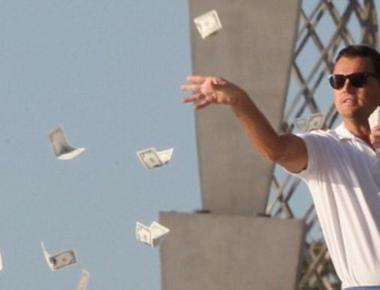
The African Football "Slave" Trade
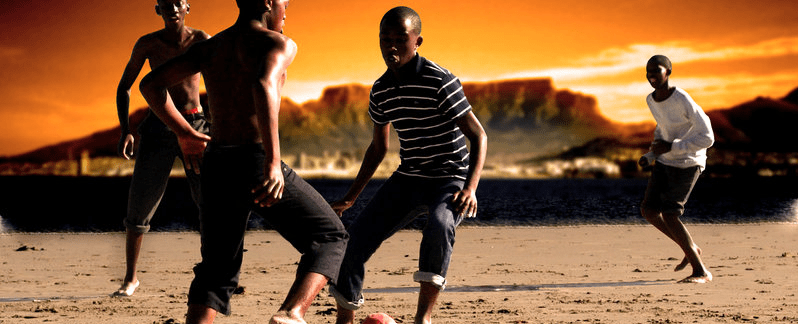
Football has always projected a clean image but over the years scandals have shed a dark side to the “beautiful game”. Scandals such as the bribing of FIFA officials have been well documented. However one scandal that has not had much attention is sports trafficking. This involves the exploitation of young athletes in Africa or South America who are sold transcontinentally into European and Asian markets.
The International Labour Organization (ILO) defines human trafficking as the “recruitment, transportation, transfer, harbouring or receipt of a person (a woman, man or a child), often over international borders but also frequently within the boundaries of a single country, for the purpose of exploitation.”
Every year, thousands of promising African athletes (predominantly football players) are being “recruited” into the European market. In 2011 Sky Sport’s Special Report conducted an investigation into human trafficking in football. The report discovered as many as 20,000 footballers were illegally shipped from Africa into Europe. Dreams of having a prosperous life abroad were once promising. On the verge of earning wages in European football that are unparalleled to anywhere else in the world. Now only to be left with broken dreams and in the debt of organized crime (i.e loan sharks).
Football Migration
Football migration of African labour reverts to the colonial era in ‘30s when European countries would harvest talent from their African colonies. France and Portugal in particular benefited from the colonial system as a significant portion of football players in the domestic leagues and international teams were African born. By the ‘60s 10% of France’s 1st and 2nd football division were made up of African players.
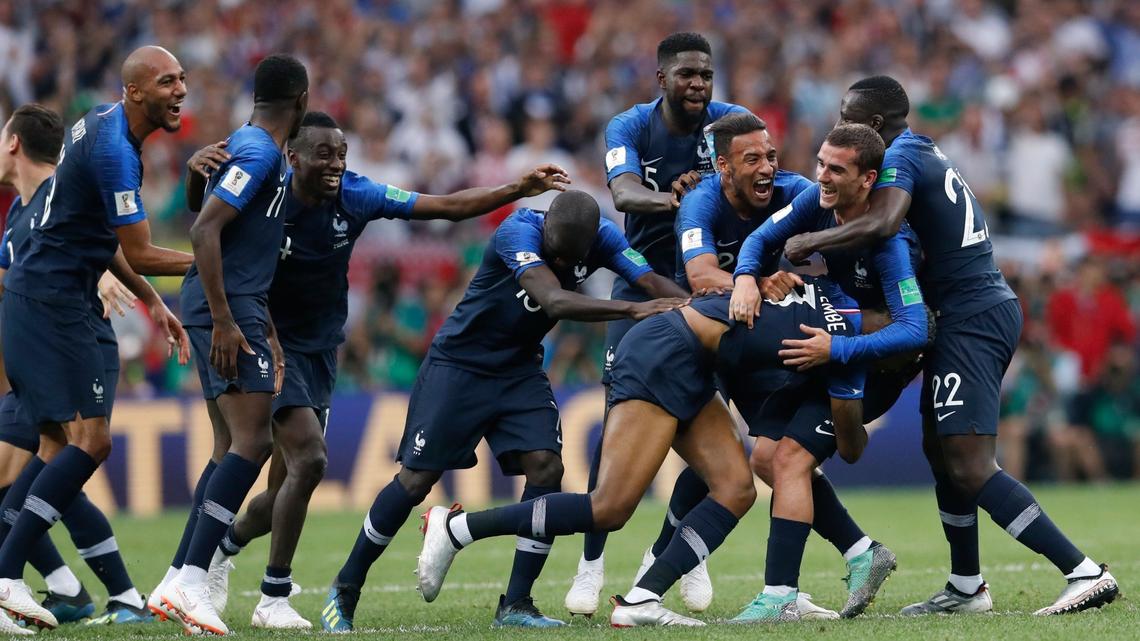
What really saw a spike in the African migration (to Europe) since the mid 80’s can be attributed to the growing performance of African teams in international tournaments at youth level; and the EU’s free movement and competition law which places no limit on the number of foreign players a professional club could employ. Performances at World Cup such as Cameroon knocking out Argentina (holders) in 1990 and Senegal knocking out holders France in 2002 will forever be regarded as one of the biggest upsets in the sport’s history. This really shone a light on African talent and but were also the starting blocks for African football migration as a business for shady intermediaries.
Football exploitation
FIFA’s Article 19 does protect minors from being taken advantaged by European clubs but is proving insufficient. However exploitation in football is becoming more rampant than ever. It can happen in two ways. The first scenario which seldom happens involves a fake agent that is used as an “intermediary “to connect the player with professional clubs (in Europe). The bogus agent received the funds from the footballers, whose main source of the funds are the parents. Although this is a actual/ real meeting with the clubs, the contract signed by the athlete tend to be very exploitative in nature.
The second scenario happens when the interest from the clubs is bogus. This scenario is what happens most often. The “agent” claims to be connected with the club. The agent and player then arrange to meet the members of the club in their country. The agent then takes the players money and documentation and jettisons the player at the airport. Thus leaving the player stranded in a foreign country abroad. In 2012 It’s been reported that these false agents can receive between €3000 to €10,000 for each child recruited.
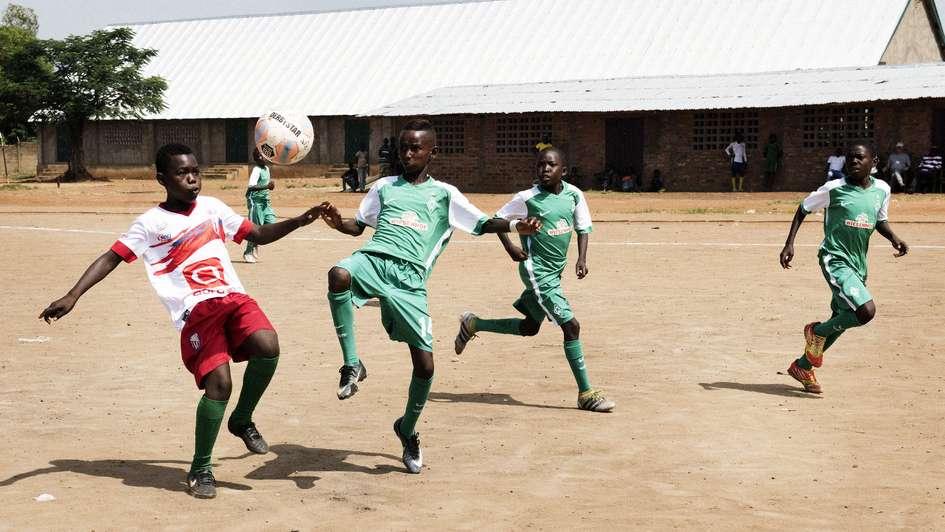
Effects of Football trafficking
The greatest devastation is surely on the individual footballers themselves. The psychological embarrassment of being dubbed is enough to discourage the child from coming home. Living in the country illegally and without any means to cope only adds to the struggle of trying to make it as a professional footballer.
Secondly, the funds for traveling are financed by the footballer’s parents. Many of them are in financial distress already. Thereby being forced to use all of their savings or whatever sellable assets to make the dream come and hopes of living a better life.
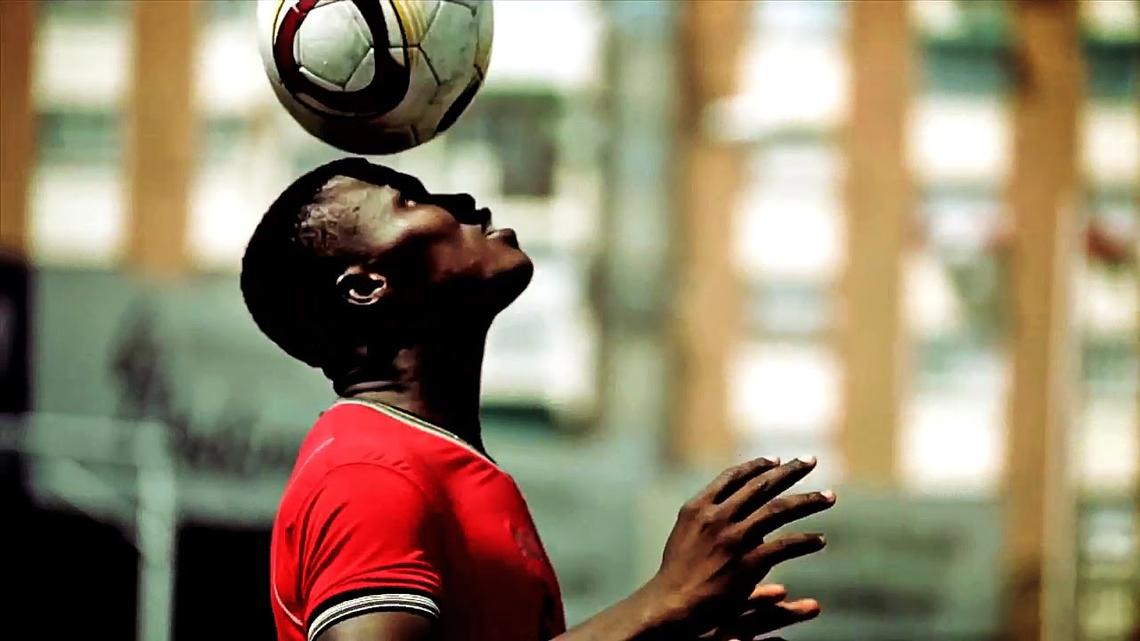
In summary, the outlook of the situation looks bleak. Much of the fight against football trafficking comes from NGOs (such as Foot Solidaire) that have to compete a large and complex underworld network that operates a multi-million business (in child trafficking); FIFA’s regulations against exploiting minors have proven to have gigantic loopholes and; the ongoing poverty in the player’s country will always breed opportunities for said athletes to be exploited, which is in high demand.
It’s unfortunately one of those situations where you can only try to stop football trafficking by educating oneself and spreading awareness.
- This piece was inspired by “Football’s African Slave Trade” by Tifo Football *
- For an in-depth look at the history, economics of football, Football Academies and the Migration of African Football Labour to Europe is included.*
- For a full breakdown of sports trafficking The problem of sports trafficking: setting an agenda for future investigation and action is linked.*
Related Posts



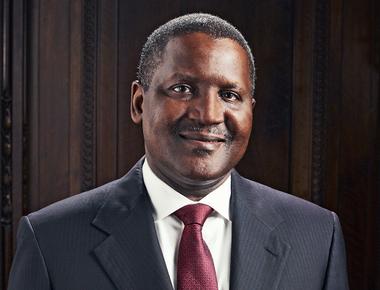
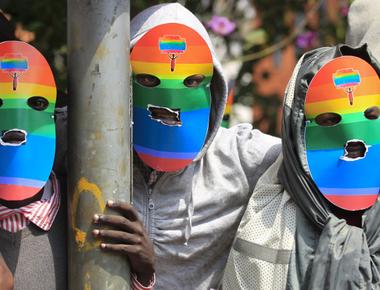
Quick Links
Legal Stuff


